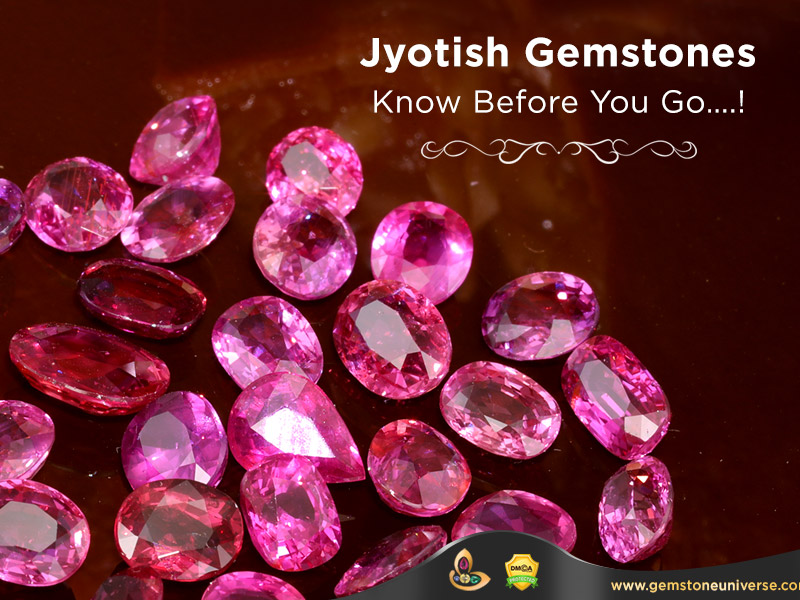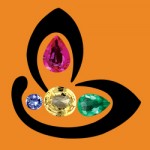Gemstone Glossary You Should Know
A gemstone is usually created after being compressed in high pressure and high temperature conditions through millions of years.
There are different varieties of gemstones with each having its own characteristics and features. According to astrology, gemstones can help correct or rectify any type of issues or problems because of their stunning and mystic connection to one’s life.
Here is a basic list of Gemstones Glossary You Should Know before buying a gemstone for yourself or for your loved ones.
Gemstones can be embedded in rings, beads, necklaces, bracelets, and more. Due to its strong connection to astrology, it is said that a working knowledge of gemstones along with directions from the one who knows about gemstones is essential as the stones can wipe off any bad circumstances or adverse effects that the wearer might have been bearing.
Buying a Gemstone depends on your preference. Usually, a gemstone is analyzed in 4Cs that is carat, cut, clarity, and color. These 4Cs will help you buy a perfect gemstone for any jewelry.
Carat –
Although the price varies with respect to stone’s size, carat or weight of the stone is the big player which decides the price of the gemstone. The price of a gemstone of same characteristics but different Carat weight can vary to a great extent. Carat is a unit of weight for precious stones and pearls, equivalent to 200 milligrams
Clarity –
The quality of a gemstone depends on its clarity to a greater extent. Clarity is simply the presence or absence of inclusions that the stone may possess which affects its value and quality. The price of a gemstone is usually in proportion to the number of absence of inclusions and flaws. The lesser the inclusions and flaws the higher the Gemstone price.
Color –
There is an array of gemstones available which means that the stones can be found in any color. A gemstone dealer usually charges hefty with regards to its color. Color depends on a number of factors such as Tone, Saturation, and Hue. Tone represents the depth of color of the gemstone in relation to dark or light of hue. Saturation defines its intensity and Hue defines the shade or tint.
Cut –
A gemstone cut is usually referred as the cut made of the stone which can reflect light evenly. Cutting is a complex process which needs skilled hands for perfect saturation of light. There are a number of cuts such as Ideal Cut, Heart Cut, Brilliant Cut, Marquise Cut, Princess Cut, Emerald Cut, and more. Before selling the stones, polishing and lapidary are done to yield the perfect stone for any type of jewelry.
Other Terms and their definitions –
- Composite Gemstones – This term defines that the gemstone is made up of several pieces.
- Deep – The term defines that the gemstones have been cut too deep which in turns reduces its brilliance, however, it can maximize the weight. This practice is generally done in poor quality stones to satisfy the client and astrologer looking for junk 7.5 ratti stones.
- Diameter – The distance between two points on the gemstone placed at the widest possible points.
- Grading – Every gemstone receives a grade of its brilliance, weight, etc once it is polished and ready for sale.
- Luster – The surface of the gemstones that reflects light is lustrous.
- Matrix – The gemstones are formed within a host rock which is called as Matrix.
- Mounting – Gemstones are embedded within various sorts of jewelry where mounting is the procedure when jewelry is made to hold gemstone.
For a detailed Guide on Gemstone Pricing Please click here.
© Gemstoneuniverse- All rights reserved
Gemstoneuniverse-The Gold Standard in Planetary Gemology

